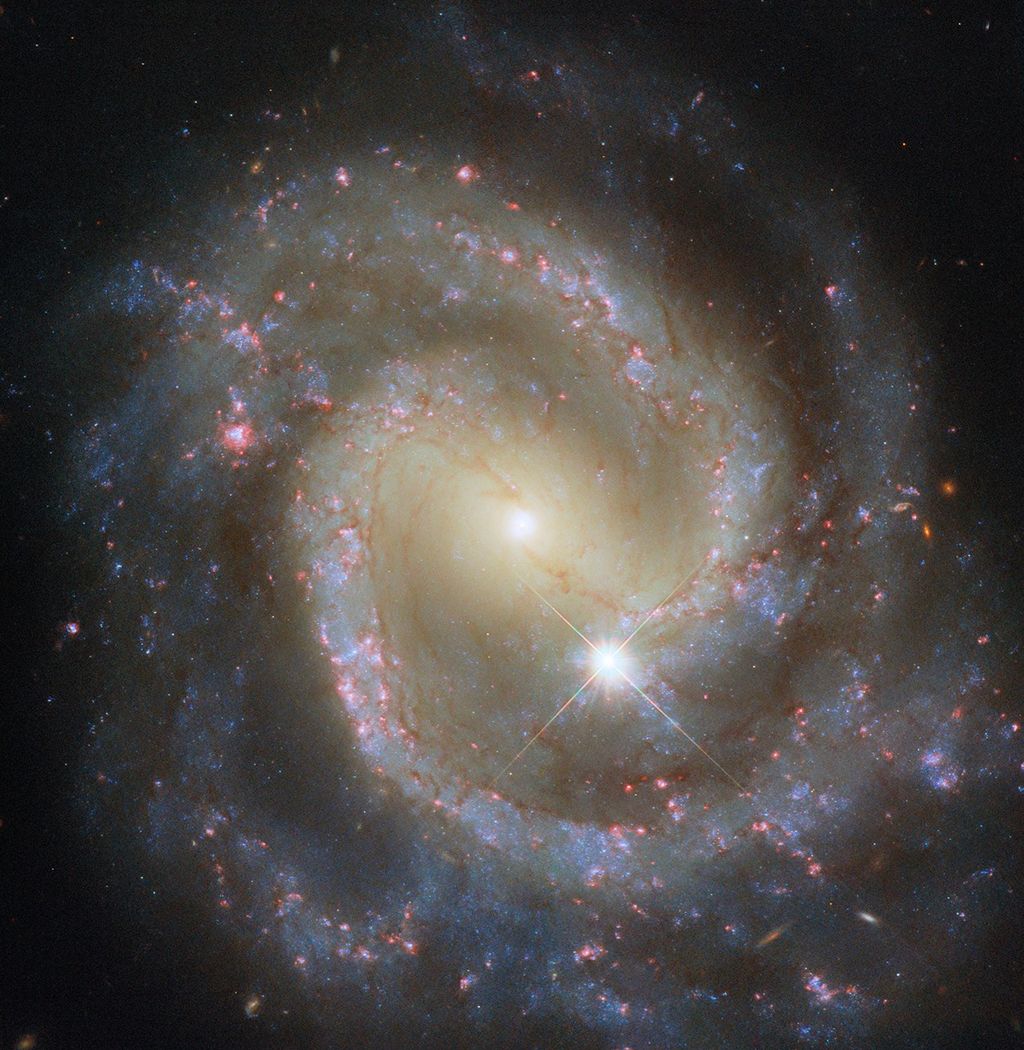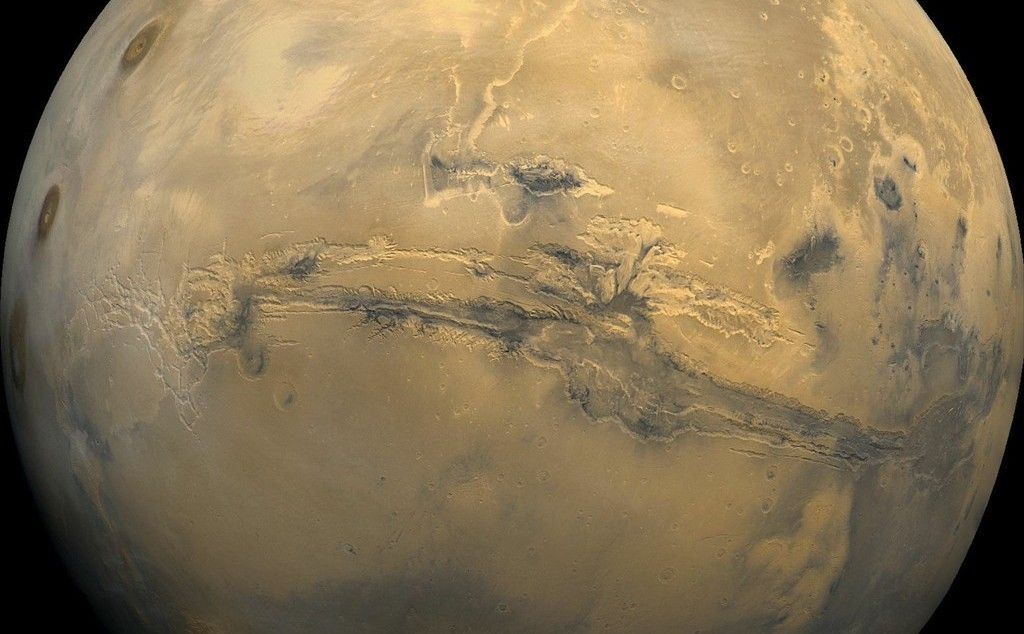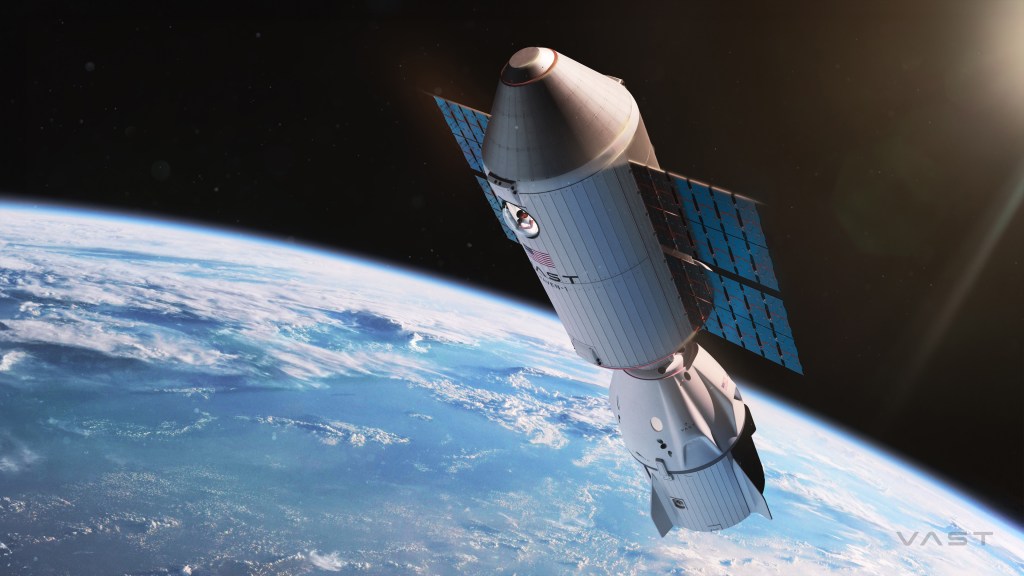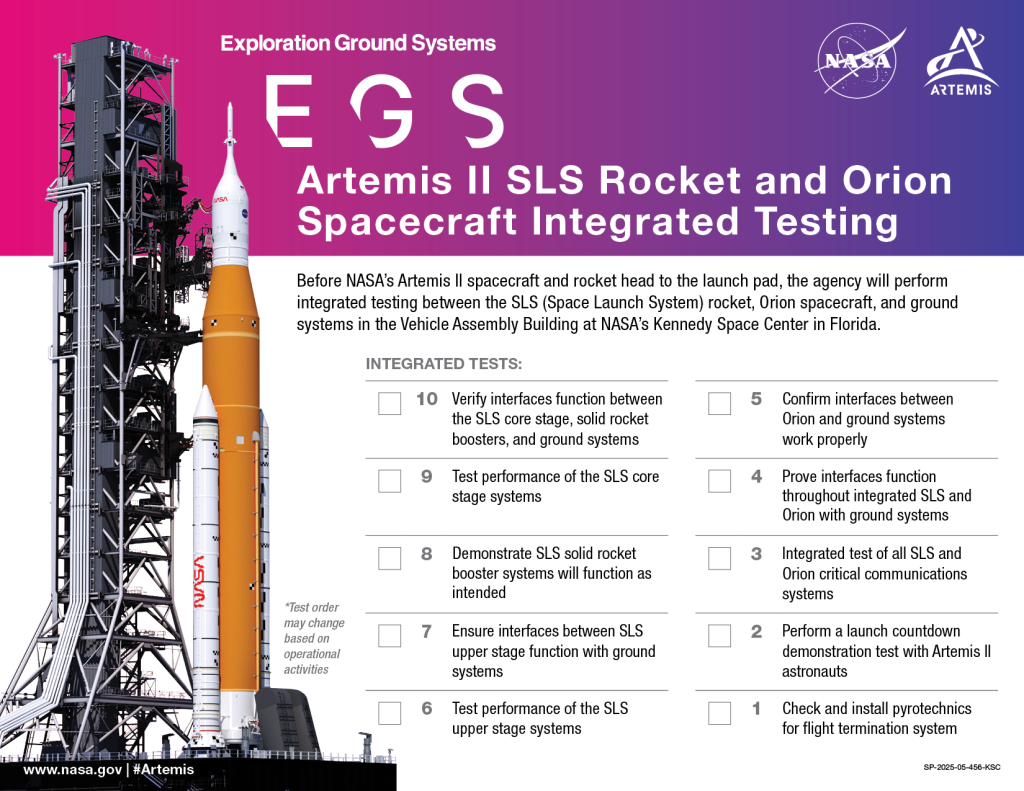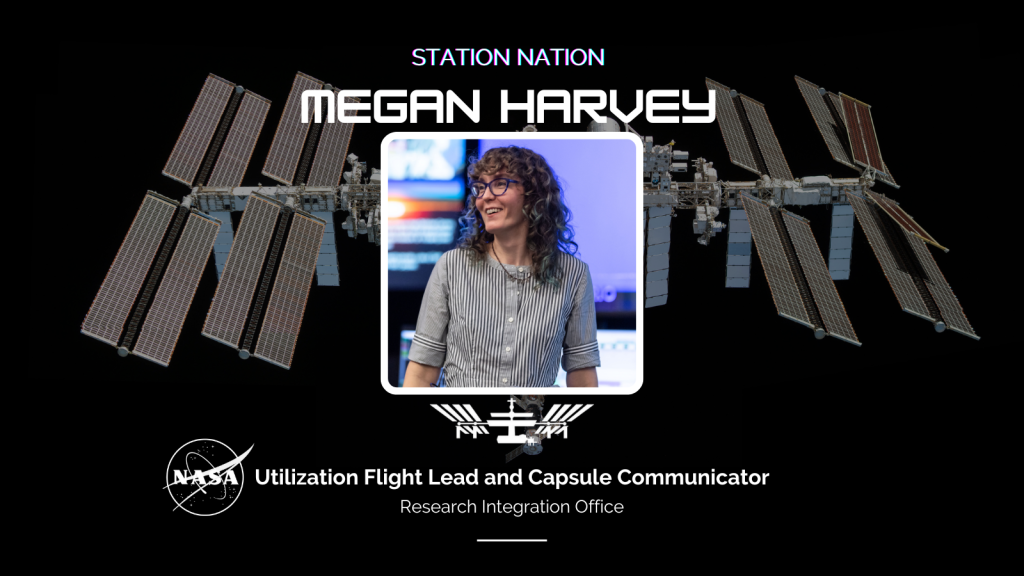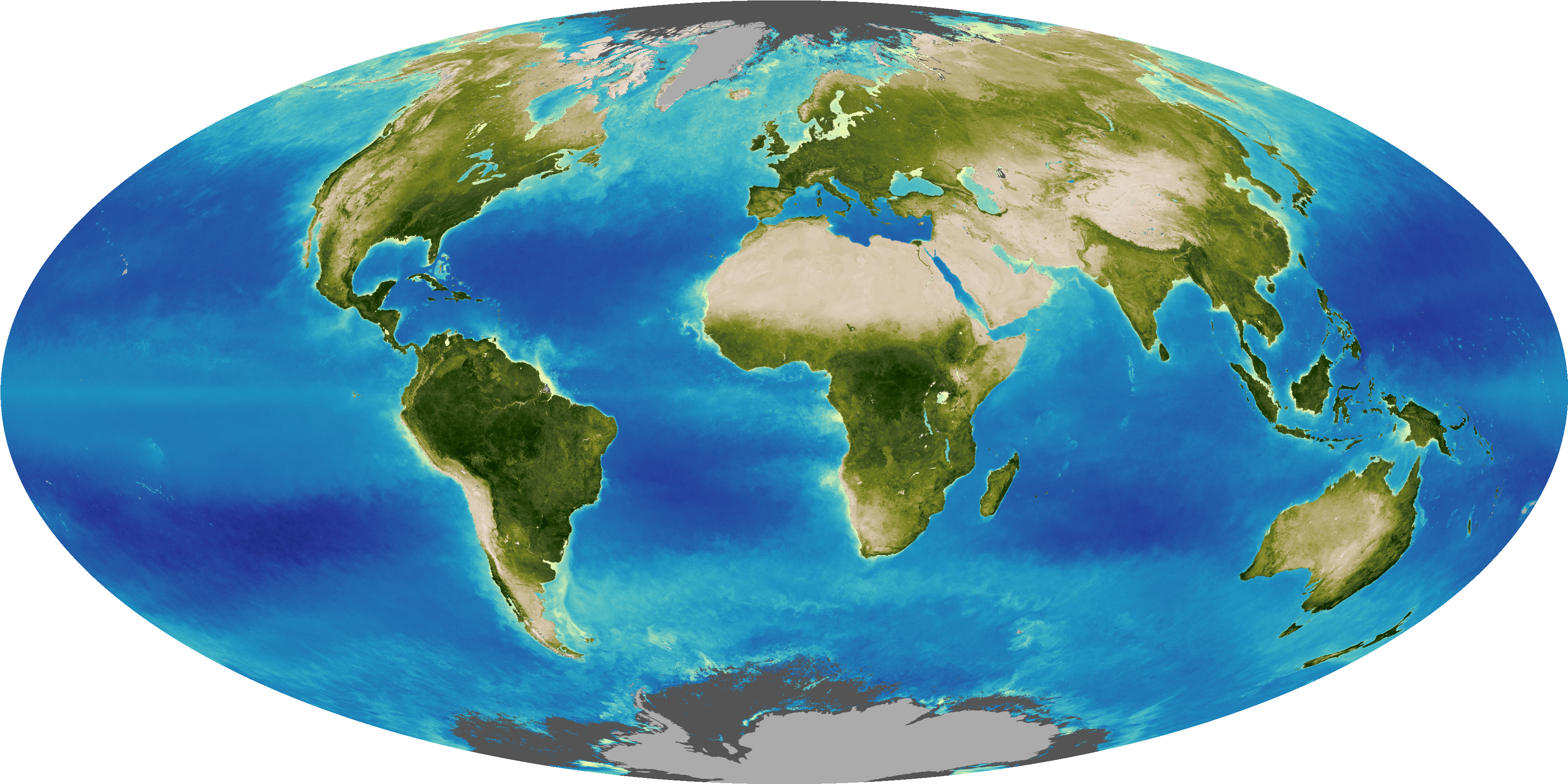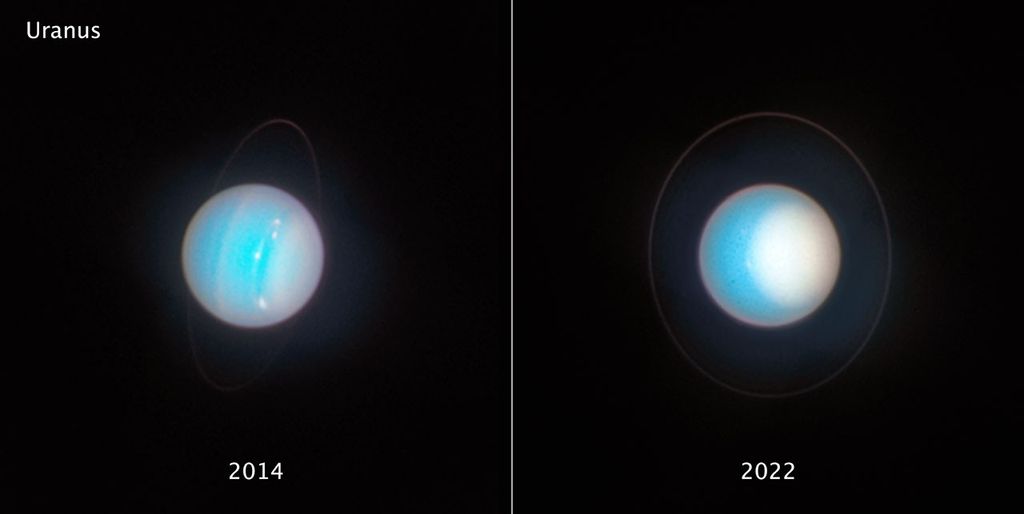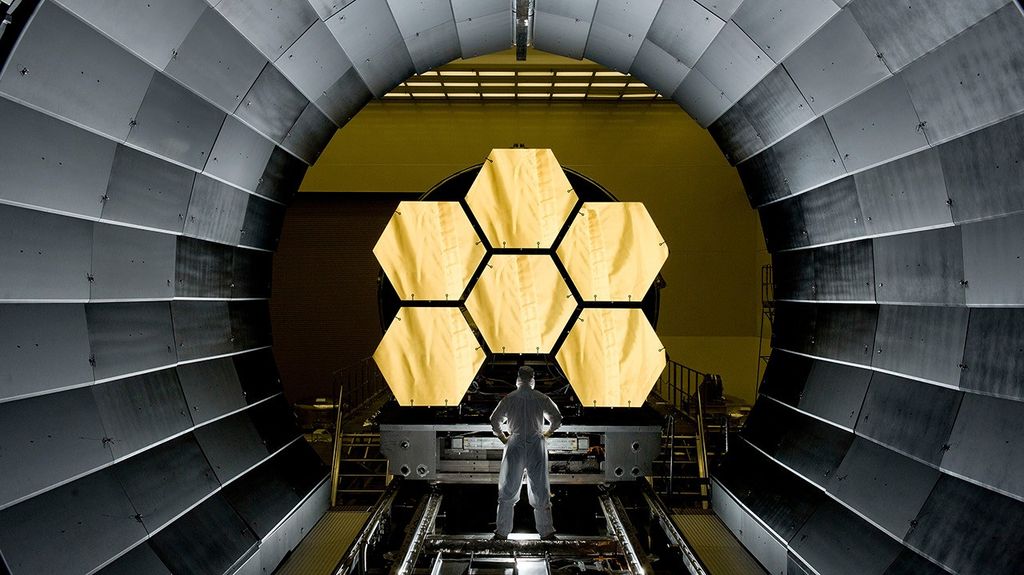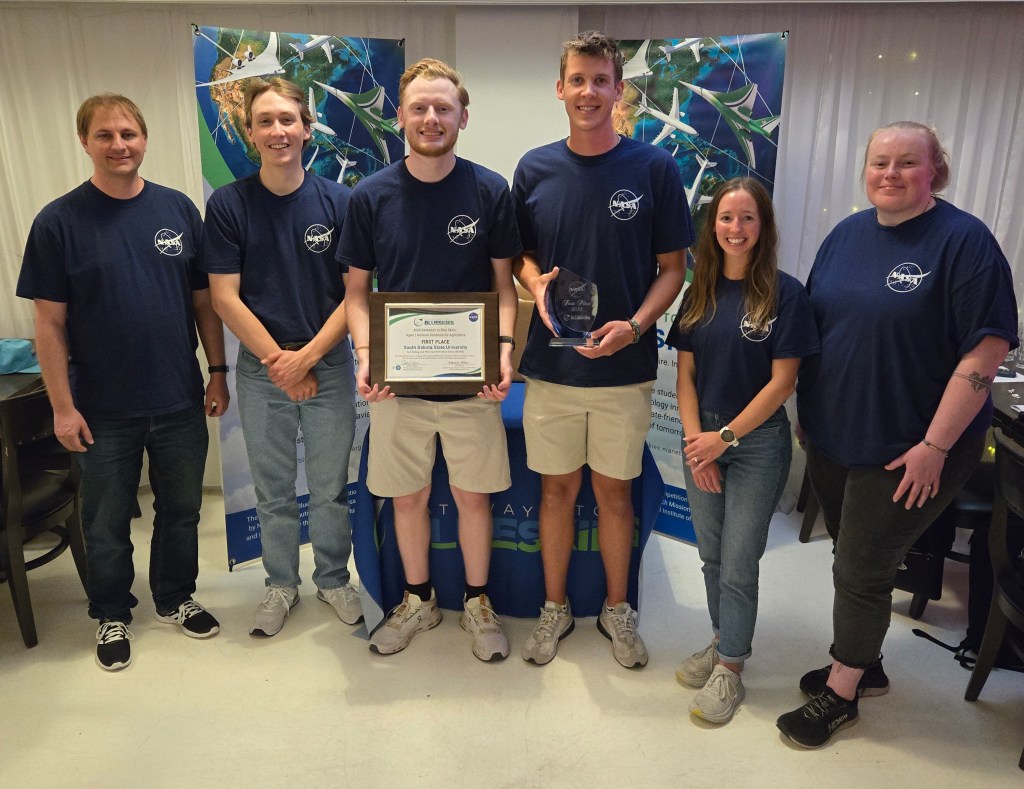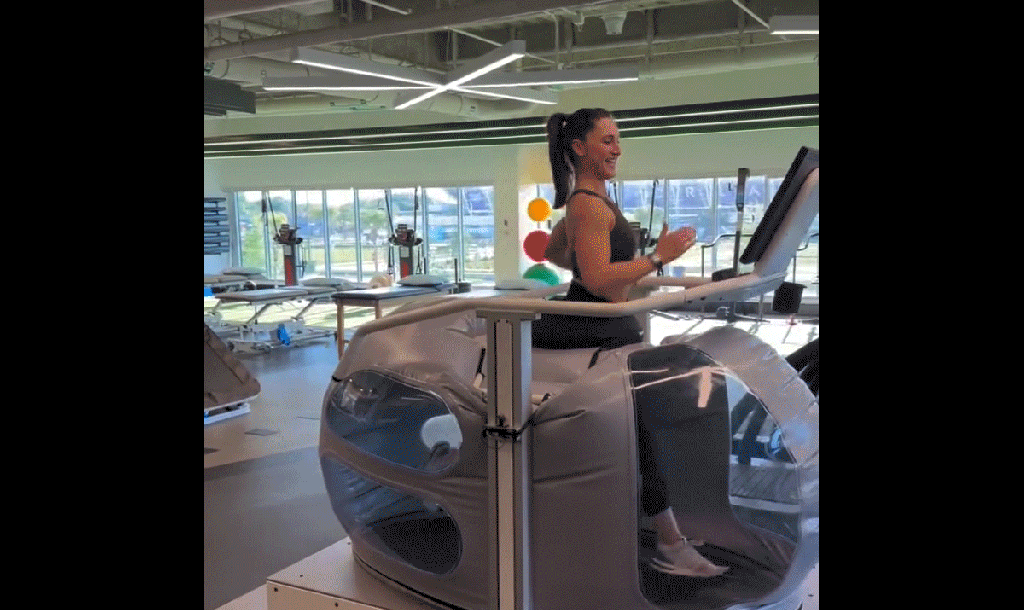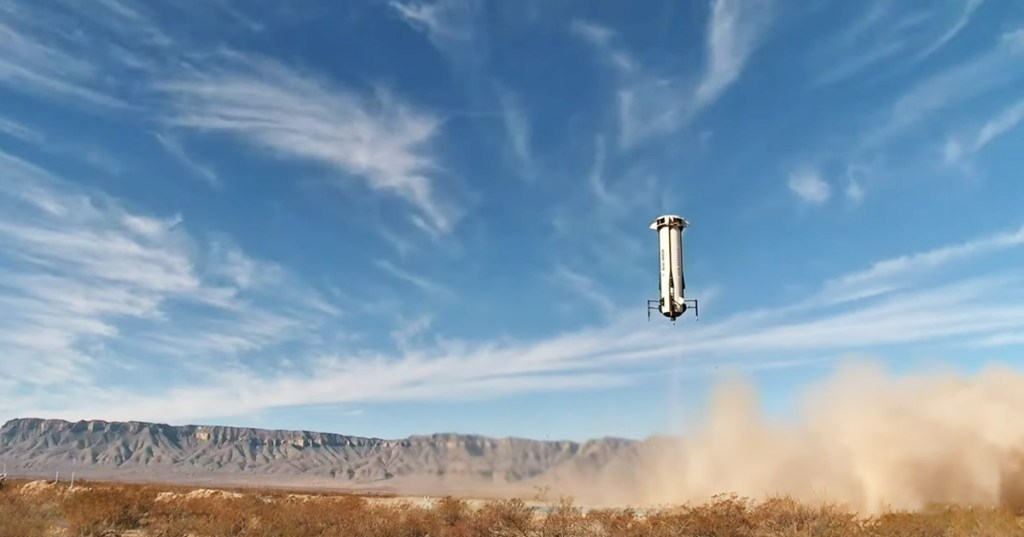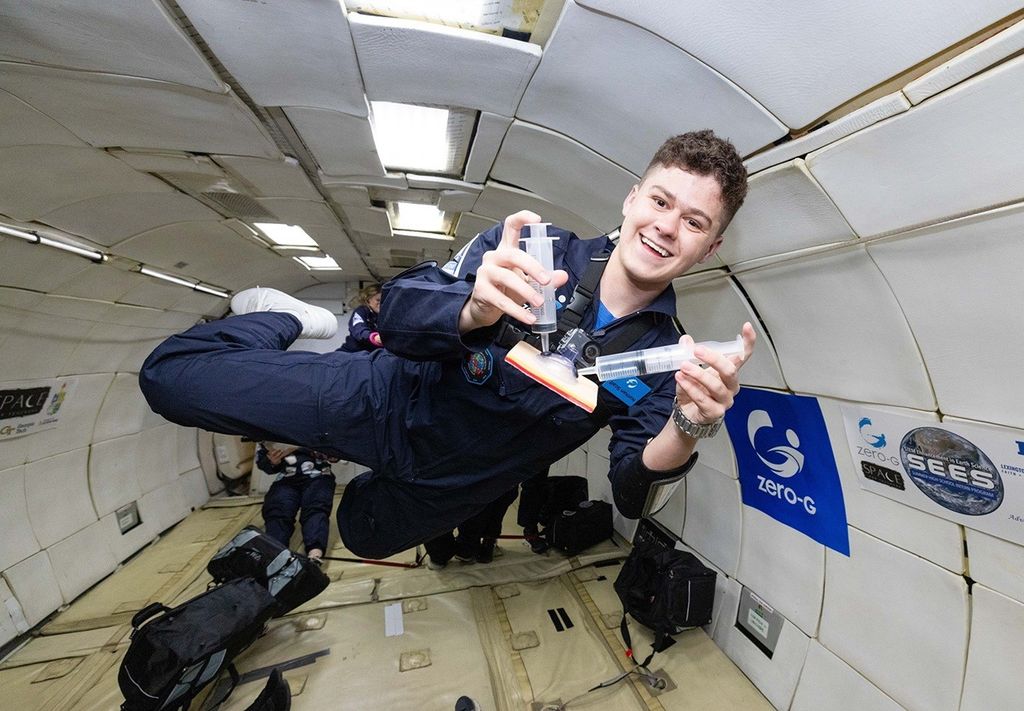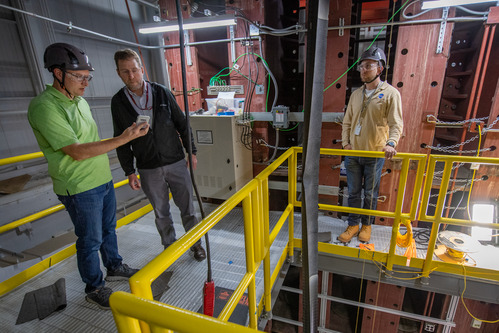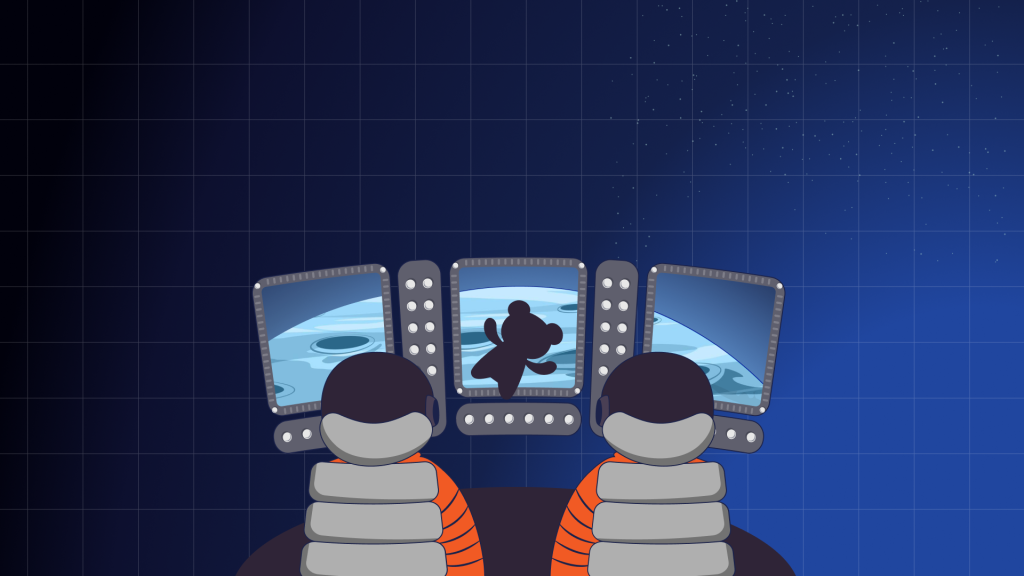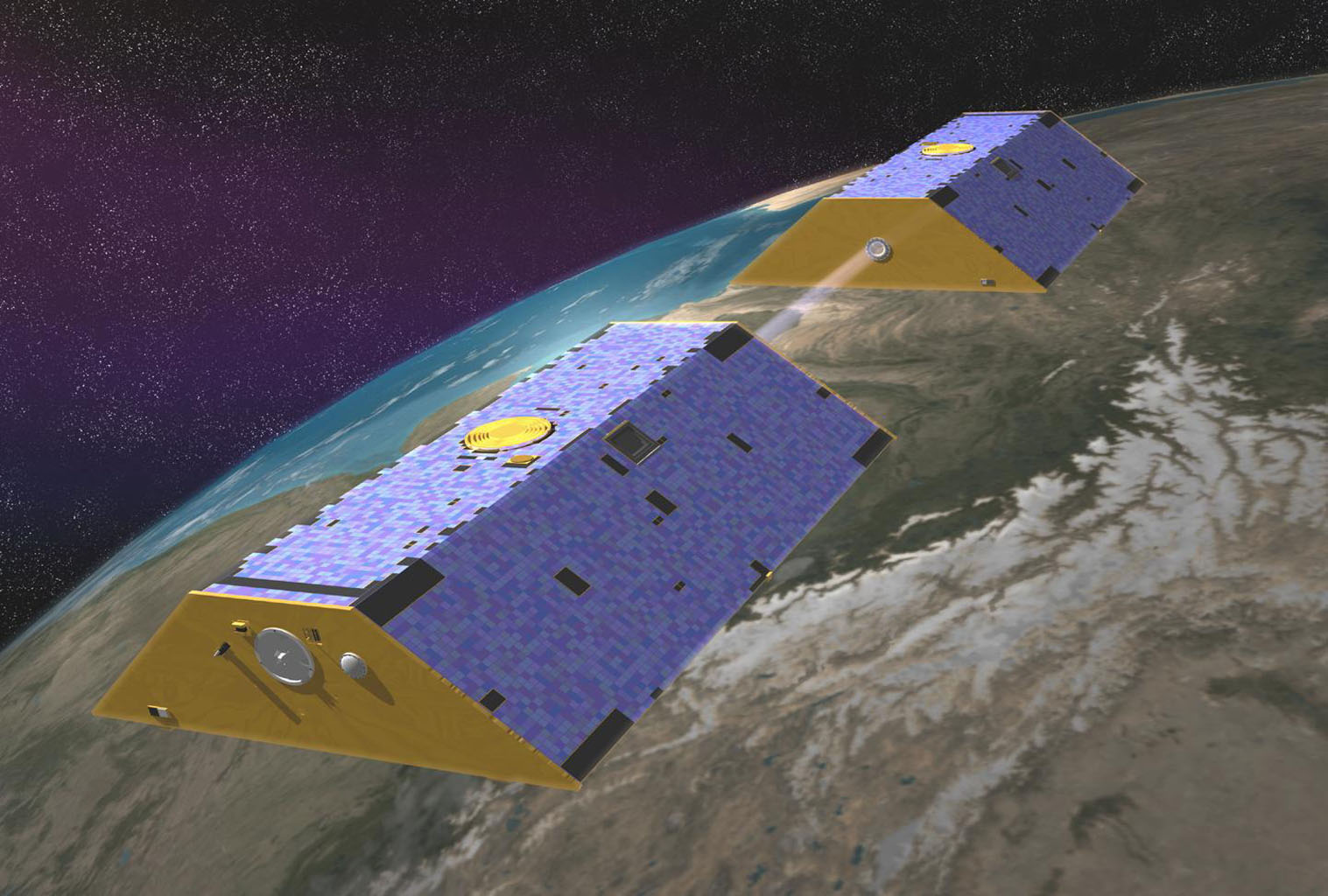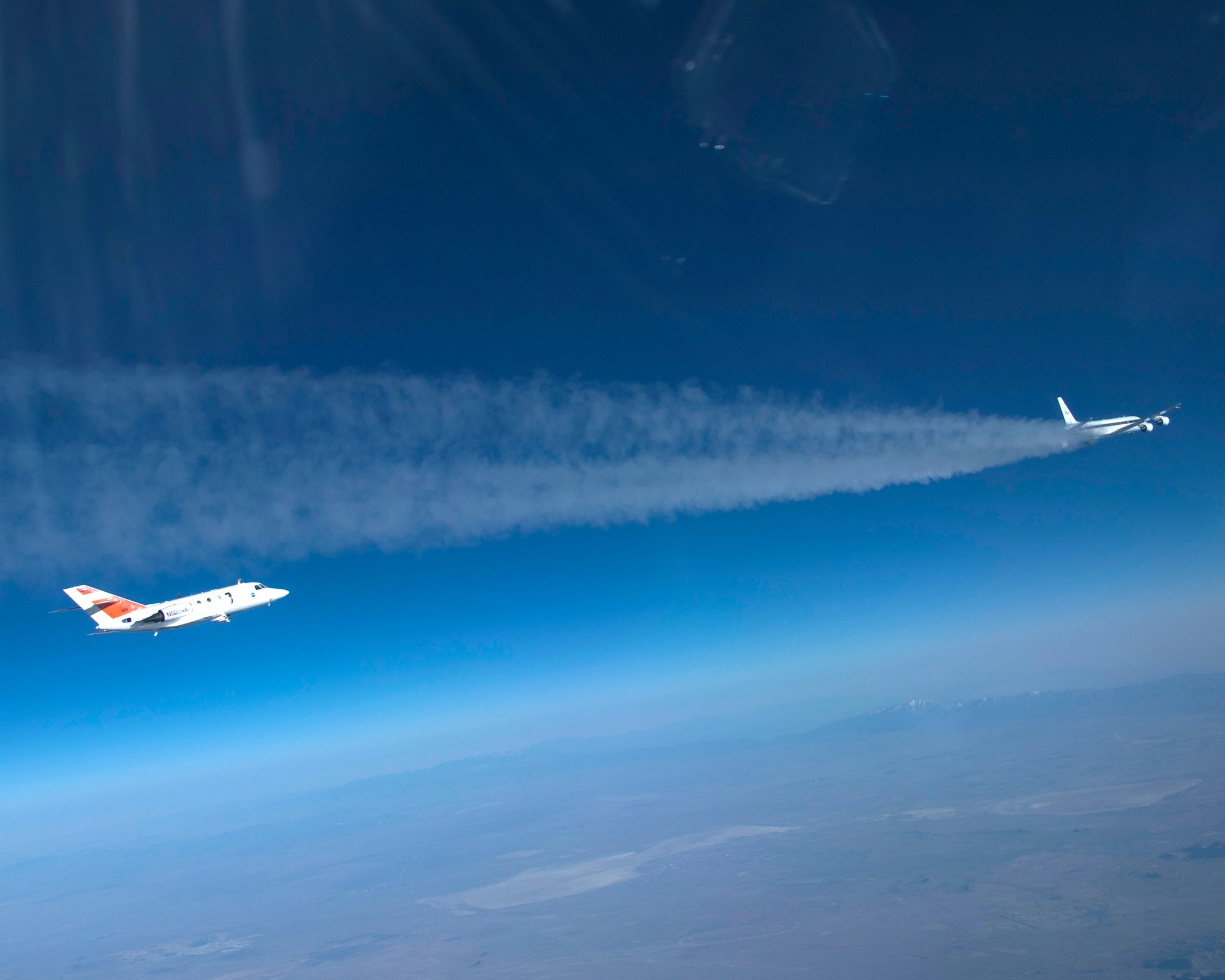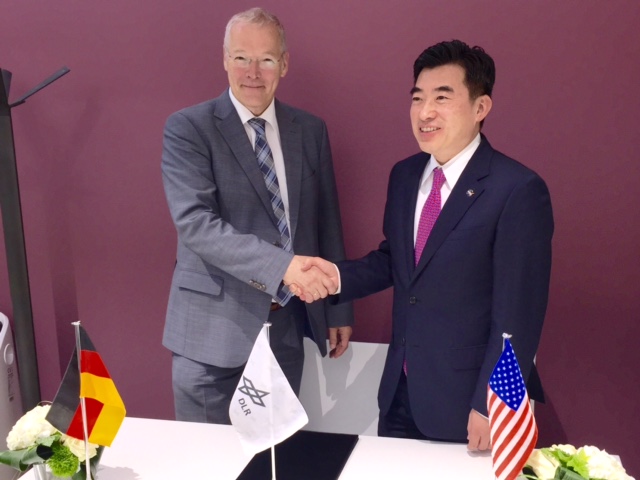
NASA and the German Aerospace Center (DLR) have signed agreements to work together to reduce aircraft noise and advance research into rotorcraft, two projects that extend years of vital cooperation between the two agencies.
The agreements were signed at the Paris Air Show during a bilateral meeting between Jaiwon Shin, associate administrator for NASA’s Aeronautics Research Mission Directorate in Washington, and Rolf Henke, of DLR’s Executive Board Member for Aeronautics Research.
“NASA and DLR have had a successful research relationship for many years now,” said Shin. “These agreements will ensure that productive collaboration continues as we work together solving challenges that will benefit a global aviation community and flyers worldwide.”
“In recent years, we have brought our scientific strengths together in several projects, including joint research flights for more efficient and environment-friendly aircraft.” said Henke. “We are now expanding this successful collaboration into the research areas of aircraft noise and rotor craft.” In December 2010, DLR and NASA laid the foundation for collaboration in aeronautics research with a framework agreement.
Under the first agreement, NASA and DLR will research advanced methods for predicting aircraft system noise and establish validation guidelines for comparison. Developing aircraft noise reduction technologies that don’t adversely affect the environment and increasing efficiency in the aviation sector are major challenges that need to be solved to enable sustainable growth in air transportation in the face of more stringent environmental regulations.
Each agency will run high-fidelity noise predictions on two virtual aircraft configurations – a model of an aircraft with over-wing turbofans and another with turbofans under the wings. As the basis for noise prediction, scientists will use acoustic measurement data acquired by DLR in previous scientific flights.
NASA and DLR will partner under the second agreement to develop a new blade imaging technique that will allow the study of airflow over helicopter blades while in flight. Scientists want to determine at what point the smooth, or laminar, airflow goes turbulent as the blades change pitch within the air stream causing a loss of lift. Blade imaging also can help characterize how and when the rotors cause turbulent airflow during forward flight.
These agreements are the latest between the international partners, which have a shared goal in the field of aeronautics research – to develop tools and conduct research aimed at improving the efficiency, safety, and environmental compatibility of global air transportation systems.
NASA and DLR also have collaborated on a range of activities related to human spaceflight, space exploration, Earth science and astrophysics. Past collaborative missions include the Stratospheric Observatory for Infrared Astronomy (SOFIA) 747 aircraft and the Gravity Recovery and Climate Experiment (GRACE) satellites.
In 2014, NASA, DLR and the Canadian National Research Council (NRC) worked together on the Alternative Fuel Effects on Contrails and Cruise Emissions (ACCESS) II research campaign, which studied the effects of alternative aircraft fuel use on emissions and contrail formation.
For more information about NASA’s aeronautics research, visit:
http://aeronautics.nasa.gov
-end-
J.D. Harrington
Headquarters, Washington
202-358-5241
j.d.harrington@nasa.gov
Falk Dambowsky
German Aerospace Center (DLR)
+49 2203 601-3959
falk.dambowsky@dlr.de

